Elon Musk’s SpaceX is a forward-thinking aerospace company that aims to transform satellite TV for PC generation and remote exploration. In the latest milestone, SpaceX released 22 Starlink satellites into orbit from the West Coast, marking every other satellite ahead in its assignment to offer worldwide internet insurance.
The sky was lit up on a Friday night as SpaceX’s Falcon 9 rocket rose into the sky over California’s Vandenberg Space Force Base in California. At about 434p.m. PST, the rocket took off on its charge to put 22 Starlink satellites into the low-earth route. Within twinkles of takeoff, the Falcon 9’s first stage supporter easily separated and made a unique wharf at the Of Course I Still Love You droneship in the Pacific Ocean. This showed how good SpaceX is at making rockets that can be used further than formerly.
Expanding the Starlink Constellation
Starlink is more than just a satellite community—it is a revolutionary force in the field of internet accessibility. SpaceX wants to link people all across the world by bridging the virtual barrier via advanced engineering and better generation. A total of 22 Starlink satellites brought SpaceX’s network up to over 5,000 orbitals, enabling lightning-fast Internet connectivity to every corner of the globe with minimum latency.
The Elon Musk-Owned Spacecraft
Elon Musk, a creative entrepreneur known for his lofty points and grim pursuit of invention, is leading SpaceX’s daring trials. Musk has bournes to populate Mars and establish a sustainable mortal presence beyond Earth, demonstrating his innovative and farsighted thinking. The creation of spaceships similar to Starship and Dragon highlights Musk’s fidelity to expanding the borders of space disquisition.
Elon Musk’s vision
At the helm of SpaceX’s bold trials is Elon Musk, the visionary entrepreneur honored for his audacious pretensions and ceaseless pursuit of invention. Musk’s imaginative and visionary thinking extends past Earth’s surroundings, with plans to populate Mars and set up a sustainable mortal presence beyond our home Earth. The development of spacecraft like Dragon and Starship underscores Musk’s commitment to pushing the bounds of space disquisition.
The Dragon Capsule
The Dragon capsule, a trademark of SpaceX, is a multi-purpose vehicle that carries supplies and crew members on trips to the ISS. Now that its Dragon 2 version is up and running, SpaceX is helping out NASA’s Commercial Crew Programme, which uses it to transport humans to and from the International Space Station in an unprecedentedly reliable and efficient manner.
Starship: The Future of Space Travel
While Dragon handles near-Earth missions, SpaceX’s Starship represents the subsequent frontier in space tours. This modern-day automobile and spacecraft system is designed for interplanetary tours, with the capability to carry large payloads and passengers to locations like the Moon, Mars, and the past. With its completely reusable structure, Starship promises to make area exploration extra handy and more powerful than ever.
Launched 22 Starlink satellites from California successfully solidifies SpaceX’s position as an industry leader. Through the power of technology and invention, Elon Musk and his platoon are revolutionizing how we pierce and interact with the terrain. The future of space disquisition seems brighter than ever ahead as SpaceX continues to push the boundaries of possibility.
In summary, SpaceX’s current success underscores the enterprise’s commitment to advancing satellite generation and increasing international connectivity. With each successful launch, SpaceX brings us one step towards a future where space isn’t always simply the very last frontier but a thriving frontier for humanity’s collective aspirations.


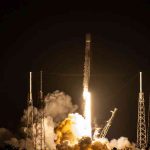






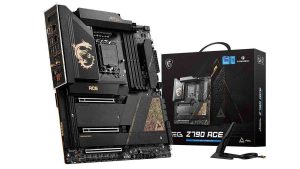


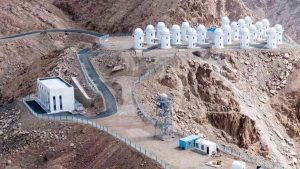

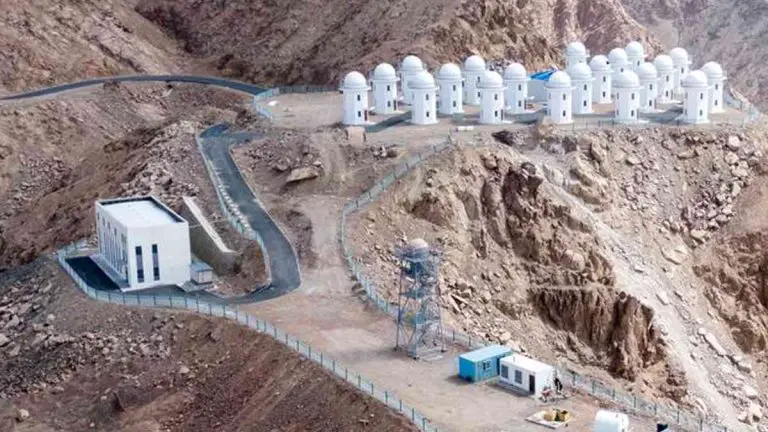
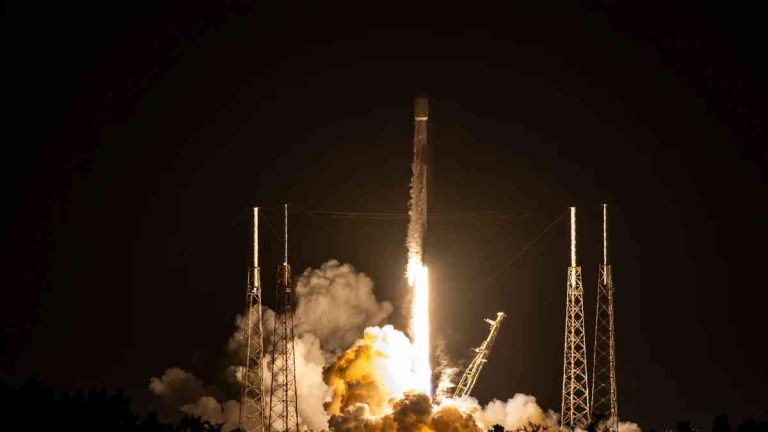

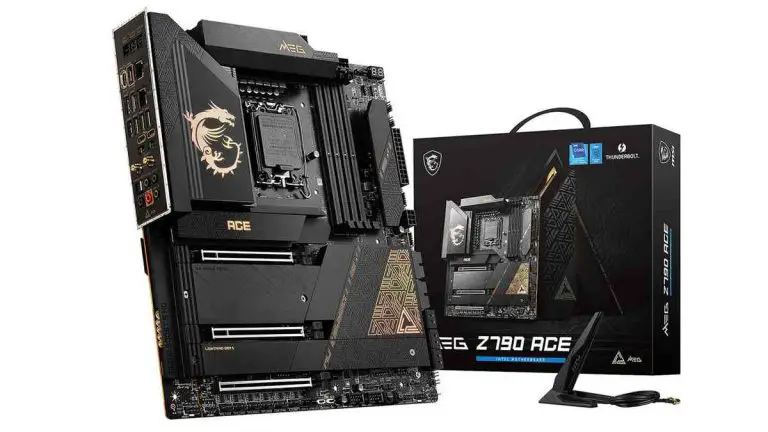

+ There are no comments
Add yours